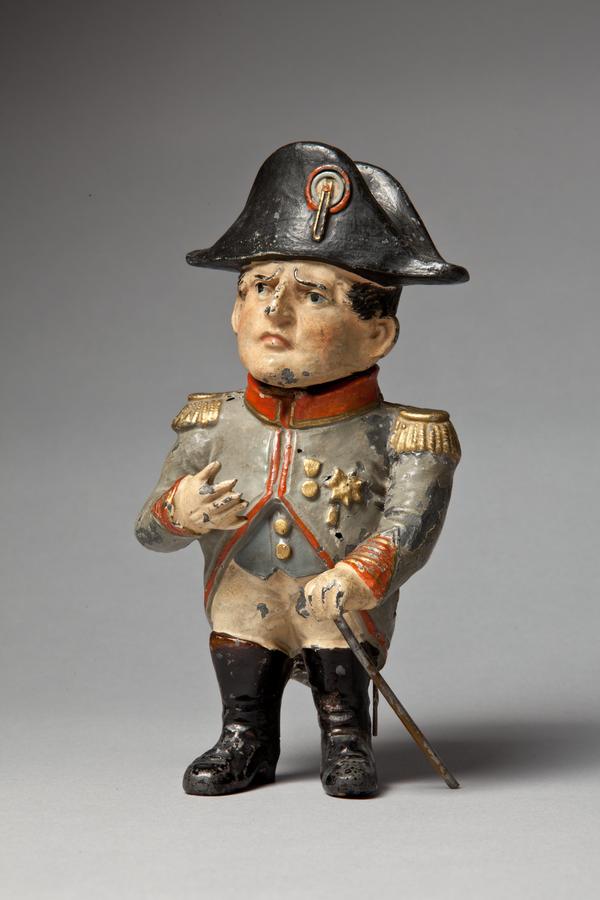By the early 19th century Great Britain’s imperial ambitions came into sharp conflict with aspirations of Napoleon’s France. In 1806 Napoleon Bonaparte imposed a system of tough economic and political sanctions against its neighbour across the Channel – a continental blockade which was supposed to economically weaken France’s main rival, to put a barrier on the way of active commodity-money flows connecting Great Britain with all the world.
Russia tried to establish relationship with France after the unsuccessful Russian-Prussian-French campaign and in 1807 signed the Treaty of Tilsit. An annex to the treaty was a secret protocol of alliance. The countries assumed commitments to support each other in a war and not conclude a separate peace. Russia promised to join the continental blockade. On October 24, 1807 the declaration ‘On breaking peace with England’ was issued. Alexander pinned the blame for termination of relationship on England. The declaration mentioned the betrayal by England of interests of Russia which was dragged into a war with France.
England’s political contradictions with Napoleon Bonaparte, a blockade of the island state and a constant threat of French assault caused a wave of satirical anti-Napoleon pamphlets, caricatures and applied articles in England (like a chamber pot with an image of Napoleon inside). It is in this capacity that the grotesque little figure of Napoleon Boney was made.
The money-box was made on the model of vessels of famous Staffordshire ceramics, the so called Toby jugs, the sculptural form of which portrays a little motley-painted man in a hat on an excessively large head. Toby was often depicted sitting on a keg of ale with a tankard of ale in one hand and sometimes with a pipe in the other hand.
It is believed that the Toby jug got its name from the ale lover Toby Philpot or Fillpot. Francis Faulks mentioned him in the poem ‘The Brown Jug’ (1761). Sometimes the Toby jugs showed famous people of that time, for instance, the French emperor. The image of Napoleon for the time being substituted for the image of the good-natured man of the street ‘uncle Toby’ in the crockery and, in this particular case, in the tin money-box.
The item was exhibited at the jubilee event held in Moscow in 1912 to commemorate the Patriotic War with catalogue No.402 and with the note ‘Gift of Marquis Girardin’.
Russia tried to establish relationship with France after the unsuccessful Russian-Prussian-French campaign and in 1807 signed the Treaty of Tilsit. An annex to the treaty was a secret protocol of alliance. The countries assumed commitments to support each other in a war and not conclude a separate peace. Russia promised to join the continental blockade. On October 24, 1807 the declaration ‘On breaking peace with England’ was issued. Alexander pinned the blame for termination of relationship on England. The declaration mentioned the betrayal by England of interests of Russia which was dragged into a war with France.
England’s political contradictions with Napoleon Bonaparte, a blockade of the island state and a constant threat of French assault caused a wave of satirical anti-Napoleon pamphlets, caricatures and applied articles in England (like a chamber pot with an image of Napoleon inside). It is in this capacity that the grotesque little figure of Napoleon Boney was made.
The money-box was made on the model of vessels of famous Staffordshire ceramics, the so called Toby jugs, the sculptural form of which portrays a little motley-painted man in a hat on an excessively large head. Toby was often depicted sitting on a keg of ale with a tankard of ale in one hand and sometimes with a pipe in the other hand.
It is believed that the Toby jug got its name from the ale lover Toby Philpot or Fillpot. Francis Faulks mentioned him in the poem ‘The Brown Jug’ (1761). Sometimes the Toby jugs showed famous people of that time, for instance, the French emperor. The image of Napoleon for the time being substituted for the image of the good-natured man of the street ‘uncle Toby’ in the crockery and, in this particular case, in the tin money-box.
The item was exhibited at the jubilee event held in Moscow in 1912 to commemorate the Patriotic War with catalogue No.402 and with the note ‘Gift of Marquis Girardin’.



